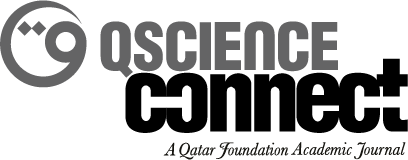-
oa Longitudinal impact of process-oriented guided inquiry learning on the attitudes, self-efficacy and experiences of pre-medical chemistry students
- Source: QScience Connect, Volume 2018, Issue 1, Aug 2018, 1
-
- 18 August 2017
- 31 March 2018
- 01 August 2018
Abstract
A follow-up study was conducted with foundation-year chemistry students who were taught in an inquiry- and role-based, small-group active learning environment in order to evaluate their attitudes, experiences and self-efficacy during pre-medical chemistry courses. The study adopted a mixed-methods research design that involved both experimental and comparison groups. Using the CAEQ (Chemistry Attitudes and Experiences Questionnaire) and the ASCI v2 (Attitude toward the Study of Chemistry Inventory), the findings of this study indicated that inquiry-based chemistry learning experience improves the students' intellectual accessibility and emotional satisfaction as well as develops their self-efficacy levels while pursuing intensive pre-medical courses in chemistry. The results of the qualitative data analyses using a course experience questionnaire indicated that the process-oriented guided inquiry learning (POGIL) experience helped the students succeed in rigorous pre-medical chemistry courses and gained some process skills required in the medical programme as listed by the AAMC (American Association of Medical Colleges).


